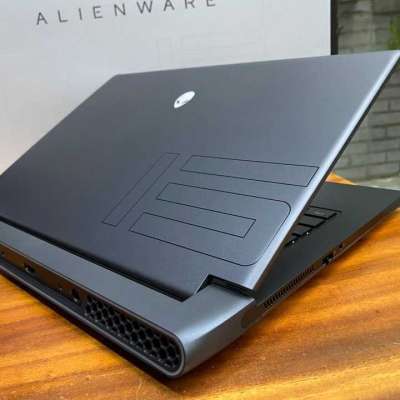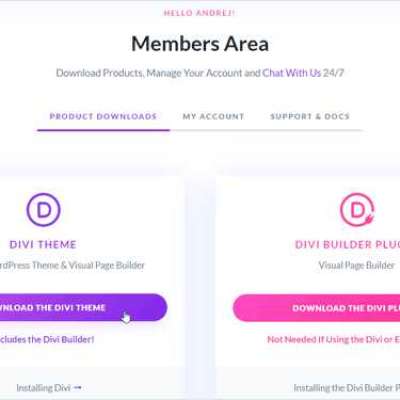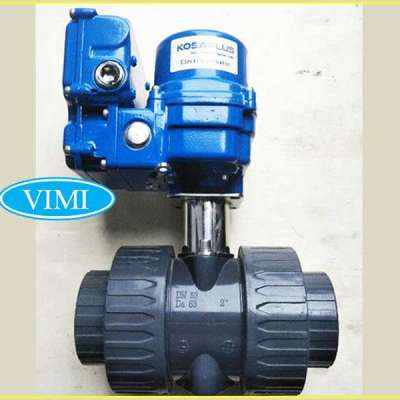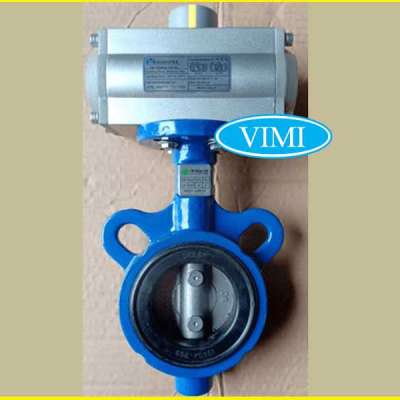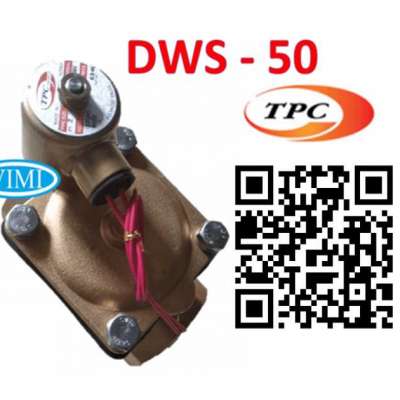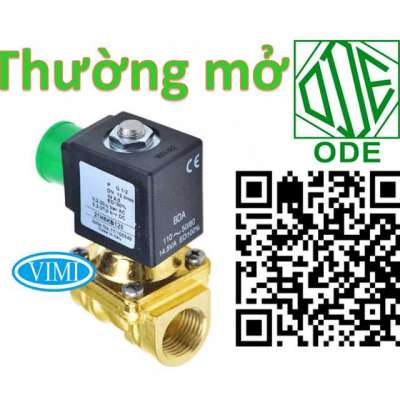Adapting Audio Visual Layouts for Hybrid Events
Introduction
Over the past couple of years, hybrid events have become increasingly common as organizations look for ways to engage both in-person and remote audiences. A hybrid event typically involves both a physical audience at a venue as well as a virtual audience joining online via streaming platforms. However, designing an effective audio visual (AV) layout for hybrid events comes with unique challenges compared to fully in-person or virtual-only events. The setup needs to facilitate interactions between in-person attendees as well as include the remote participants. In this blog post, we will explore some key considerations for adapting your AV layouts to successfully accommodate hybrid audiences.
Understanding Your Audience Profile
The first step is understanding who your in-person and remote audiences will be. Are they from different geographic locations or even different time zones? How large will each audience be relatively? Knowing the profile of both audiences helps determine critical aspects like:
Camera placement and angles: Where should cameras be positioned to best capture interactions for the remote viewers?
Lighting requirements: Does the in-person space need stronger lighting to compensate for camera quality?
Speaker arrangement: Should speakers be together on a main stage or spread out for social distancing? Where should remote speakers be placed virtually?
Translation/interpretation needs: Do you need capabilities for simultaneously translating between languages for global attendees?
Having a clear picture of both audiences allows you to design the technical setup and floor plan accordingly. Don't make assumptions - collect data through registration forms to understand diversity factors.
Optimizing Speaker and Audience Engagement
Once you understand your audiences, the next step is optimizing engagement between speakers and both audiences. Some ways to enhance engagement include:
Utilizing dual or multiple cameras to switch between wide shots and close-ups of speakers for remote viewers.
Adding teleprompters so on-site speakers can still appear engaged with remote participants through eye contact.
Positioning microphones strategically depending on speaker arrangement and number. Consider lapel, handheld, or speaker zone microphones.
-Using conference microphones so questions from virtual audience members can be clearly heard.
Incorporate live polling/Q&A features so remote attendees still feel involved in discussions.
The goal is for remote viewers to have as similar an experience as possible to being physically present through choice of camera shots and multimedia engagement tools.
Floor Plan Configurations and Flow Management
With the audience profile and engagement factors mapped out, you can then design your hybrid event floor plan. There are a few different configuration options:
Theatre Style Configuration
In a theatre style setup, the in-person audience would be seated in rows facing a main stage area where speakers present. This centralizedfocus helps the remote viewers experience as well. However, it limits networking potential between physical attendees.
Classroom Configuration
To facilitate more networking and small group discussions amongst in-person participants, a classroom setup with round tables may work better. Here, multiple cameras would be needed around the room to cover conversations. Additional signage could help direct flow.
Hybrid Venue Spaces
Some events utilize separate but connected rooms - one large main room for presentations live streamed to online viewers, plus additional breakout rooms for small group discussions amongst physical attendees. Clear directional signs become important to effectively manage flow between spaces.
Choosing the right floor plan considers both networking needs between physical attendees as well as optimizing the experience for remote viewers through multiple camera angles and microphone placement. Effective flow management through clear wayfinding is also crucial.
Testing and fine-tuning your AV Setup
Once your technical setup and floor plan are in place, thorough testing well in advance of the event is essential to work out any kinks. Some best practices for testing include:
Conducting full technical run-throughs from each room or configuration.
Inviting a small sample audience to test features like live polling, Q&A functions, and camerawork.
Soliciting feedback on video/audio quality, lighting levels, wayfinding, and engagement experience for remote viewers.
Fine-tuning camera angles, switch sequencing, and microphone pickup based on feedback.
Testing connectivity needs for features requiring stable internet like streaming.
Creating alternative plans for potential technical issues on event day.
Comprehensive testing replicates a live event and catches issues early. It also helps technical staff practice efficient set changes if utilizing different room configurations during your program. Working out bugs ahead of time results in a smoother, more seamless experience for all audiences.
Ongoing Event Management and Troubleshooting
Even with extensive pre-event testing, unforeseen issues may still arise on event day that require quick problem-solving. Some best practices for ongoing management include:
Establishing an command center manned at all times by your technical team for remote support.
Enacting clear communication protocols for reporting tech issues quickly to the command center from any room or staff member onsite.
Maintaining a troubleshooting guide to resolve common problems and have alternatives ready.
Designating remote IT support for assisting virtual attendees as needed.
Keeping a flexible schedule to accommodate changes needed to resolve technical difficulties.
Training staff to manage flow and ensure no distractions or crowding near equipment setups.
Sending post-event surveys to gather feedback on enhancing future hybrid experiences.
With thorough preparation and testing along with responsive onsite management, technical and flow issues can mostly be averted even without a buttoned-up practice run. It is also important to collect feedback to continuously refine your hybrid event strategy.
Conclusion
Adapting AV layouts and event logistics for bridging physical and virtual audiences comes with distinct challenges compared to single format experiences. By understanding your attendees, optimizing engagement through technology and floor plan design, extensively testing configurations in advance, and establishing effective event day protocols - you can deliver a successful hybrid experience. Continuous improvement through feedback will also help refine your hybrid event strategy over time. With the right planning and management approach, hybrid events can seamlessly unite global audiences both onsite and online.
Read More:- https://avtweeps.blogspot.com/....2024/02/innovative-t
처럼
논평
공유하다










